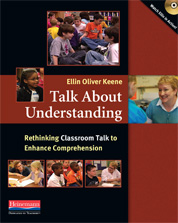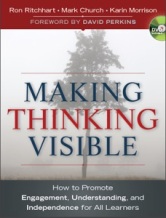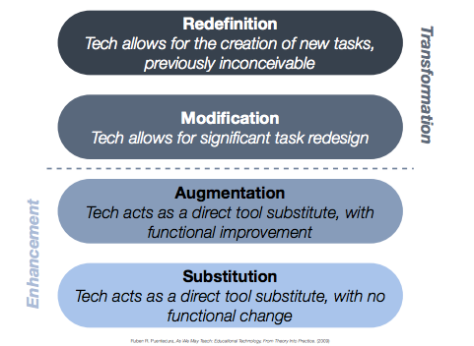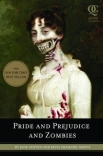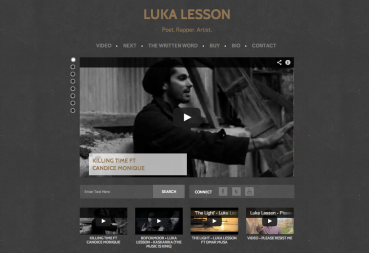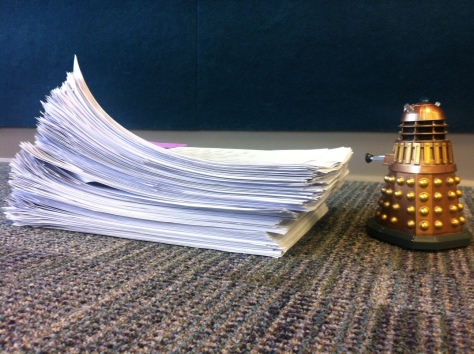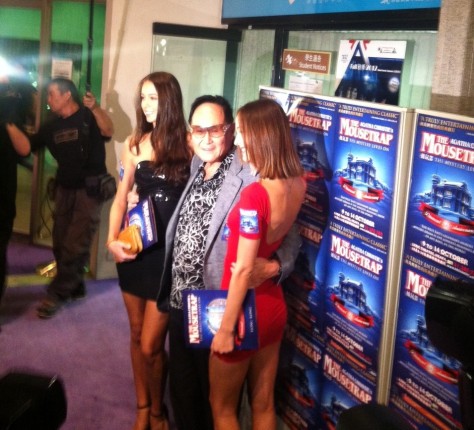In the last couple of months, we’ve had some great PD at our school. I like any PD in that it makes me question what I do, but I really love good PD that inspires me, reminds me, or gives me a good poke. We’ve had three different visitors: Ellin Keene, Reading Consultant, Ron Ritchart of the Cultures of Thinking Project, and Ruben R. Puentedura, creator of the SAMR ladder (see below).
We were lucky to have a couple of sessions with Ellin Keene. She’s a gifted speaker, and I could listen to her all day. She’s warm, funny, down-to-earth, and she really knows her stuff. Our sessions reminded me of the reading teacher I used to be, back when I was lucky enough to be able to include a reading hour and a writing hour every day. She taught a lesson in my classroom, and my students were enthralled. Her focus was inferring, and she used the first poem from Jacqueline Woodson’s award-winning Brown Girl Dreaming. She challenged my students by asking them to bring what they thought, felt, and believed to their discussion and writing. Their discussions were very insightful.
Here are some of my take-aways:
- Kids don’t improve as readers by being tested more. (Duh!) Research shows that the most significant factor in student improvement in reading is time. They need to practice. Choice improves comprehension. Kids need extended time every day.
- She shared a great model of conferencing with kids about their reading, checking in on their progress in individual and class reading goals.
- I want to get back to this: Students construct a portfolio of responses, including written, visual, artistic, drama pieces, as assessment. I used to do that!
- It’s all about the thinking.
- A reminder: Proficient readers infer, ask questions, determine importance, active background knowledge, determine importance, create images, and monitor for meaning.
I took pages of notes and was quite inspired. I was very pleased, too, that she spoke to our whole faculty, not just the Language Arts teachers.
Practice: My 7th-graders are working on their Champion projects at the moment—researching the life of someone who embodied creativity, resilience, compassion, and collaboration. We’re about to start the creative stage of the project: constructing a multi genre research project. I always tell my class to imagine finding a box under their subject’s bed, full of mementos of their life: what would be in it? Last week, my students were researching, and I focused on the strategy of determining importance. I stopped them and asked them to write on a post-it note how they decided what to include in their notes. Many came up with great criteria: Is it something that impacted the direction of her life? Is it related to creativity, resilience, compassion, or collaboration? Is it something for which he is famous? Was I still thinking about it the next day? I saw an instant picture of their metacognitive skills and was able to work closely with those students who needed some direction.
This kind of strategy is not new to me, but I really did need a reminder of what I used to do.
My teaching philosophy largely developed at my previous school in Australia, where thinking and the teaching of thinking were highly valued. Listening to Ron Ritchart made me a little nostalgic. His work at Harvard in the Visible Thinking Project is a little different though. Back in the old country, we used a lot of ‘thinking strategies’, but the Visible Thinking Routines really go a little deeper. He talked about the concept of enculturation: learning through the culture in which we live and work.
Here are some of my take-aways:
- Getting kids to think and understand is a social practice.
- The culture we create in our classrooms is teaching our students, regardless of our intentions.
- It’s all about the questions.
- Teens who are free to argue at home develop skills that will help them stand up to others when they need to.
- Great question: What makes you say that?
- The importance of a growth mindset.
Practice: I used the See, Think, Wonder Routine with my Champion researchers. I asked them to try to identify a turning point in their subject’s life. What would it look like? What does the student think about it? What does the student wonder about it? I was pleased with their ideas, and I think it will help them construct more meaningful artifacts of their subjects’ lives. My 8th graders have just read Of Mice and Men, and in our last lesson, after reading a slightly abridged version of ‘I’m not a tart: The feminist sub-text of Steinbeck’s Of Mice and Men‘, students paired up for a written conversation. Next we’ll read ‘The Impact of the Great Depression on Families‘, and students will use the Chalk Talk thinking routine to compare male gender roles in the 30s to today.
What an interesting guy. He was here in Hong Kong for the 21C Learning Conference, and we were lucky to be able to have a session with him after school. His SAMR ladder relates to the different levels of integrating technology. Hurray! I was pleased to listen to someone who incorporated thinking and rigor into use of technology. We’ve all seen so many apps and tools that are really just a substitute for writing on paper or drawing with pencils. The SAMR model breaks tech use into four levels:
I thought this was brilliant! He went into detail for each level, and his blog has lots of links and resources.
The big takeaway:
The most meaningful integration of technology is when the technology actually shapes the task.
Practice: I pinched his example of using Comic Life, and had my 8th graders make pages using their vocab words. I then collated them into a comic book on Google Presentation, which became their resource for that cycle. They really enjoyed it, and almost all of them learned all 40 words in about 8 days. This cycle, I’ve decided to use film, and we’re doing something I’m calling Stand-Up Vocab. I’m filming and then editing students’ 15-second performances using iMovie to create our class film.
This idea of using tech to shape a task is exciting, and I’m going to squeeze my brain to find ways to do it more often and more effectively.
I feel as if I’ve been richly fed in the last couple of months, and I’m glad I’ve finally been able to get some notes down.
Oh! I’m writing again:) More on that later. Boy do I have a whacky idea…
